Adding trace elements to prevent fungal diseases
strawchicago z5
9 years ago
Featured Answer
Sort by:Oldest
Comments (13)
jim1961 / Central Pennsylvania / Zone 6
9 years agolast modified: 9 years agostrawchicago z5
9 years agolast modified: 9 years agoRelated Discussions
Diseased cacti. What is it? How to treat/prevent?
Comments (6)Imidacloprid is an insecticide with a very specific neurotoxin in it that only kills insects. Using this on something that has spider mites is NOT recommended as it only will kill everything BUT the spider mites (mites are not insects), and can often make a case of spider mites worse, as mites often have natural predators (some insects) which you will have killed off with the Imidacloprid. I cannot say what is damaging your cactus's exterior is spider mites, but if it is, pick just about anything else BUT Imidacloprid. Same goes for treating aloe mite (will NOT kill Aloe mite either, as it is a mite, not an insect). This is the same product that is in Advantage, the flea product you put on dogs and cats. Yes it is extremely safe for dogs and cats, but if your cat or dog has ear mites or scabies, it will not help at all as those are also mites, not insects. Same situation. Use a mite killer or some broad spectrum plant pest toxin if you want to kill mites on your plants. Note: some products containing Imidacloprid will ALSO have something that kills other invertebrates (like mites, spiders, scorpions, centipedes, snails etc.). A combo product might work OK for spider mites....See Moretomato disease prevention methods
Comments (15)Blame the guy who doesn't stick his finger in the barrel soil daily to check moisture level; the one who abandoned the barrel water needs for a full week in early July to go on that vacation; the one who thought the sprinkle last week was adequate water; the one who delegated watering responsibility to the boy who mows the lawn. Amen! Well said!! The gardener causes the BER, not the soil. _________________ I know it wasn't real intelligent to try to grow tomatoes in the same soil 2 years in a row, but I did. but am not sure what to grow in the barrels to counteract the problems I had, I also doused the barrels with fungicide and would like to still use them Could I address these two points in addition to all the good info above? First, IF that was a good potting mix in your barrels then there is no problem with re-using it for a couple of years providing you amend it well with some fresh mix and fertilizers each year. Many of us do it all the time. If it was soil rather than potting mix then that was the primary cause of your problems. So now that the barrels are empty and clean, refill them with a good quality potting mix - a soil-less mix - and grow whatever you want in them. If you want tomatoes in them, fine. Try some of the dwarf varieties - New Big Dwarf for example - of some of the many determinate varieties. Or make them into a mixed flowers and salad bar barrel with green onions, radishes, various leaf lettuces, cherry tomatoes (small plants), and some herbs. Many great "barrel garden" ideas over on the Container Gardening forum here. As to the BER, please don't buy into any of the so-called "quick-fix-guaranteed-prevention" ideas you will encounter. It is well established that they are nothing more than coincidence. And consider incorporating an auto drip watering system into your barrels. It is one of the best ways to maintain the consistent moisture levels needed to reduce the incidences of BER. Enjoy your tomatoes! Dave...See MoreDisease Prevention
Comments (9)I'm sorry no one has responded to your question. This is my number one concern every year. I am in a climate very like yours in Southwest Ohio. I have been growing tomatoes in very large containers for more than 20 years. Since I started growing mostly heirlooms about 5 years ago, I've had a lot of disease pressure, but generally was able to keep my plants producing at least until the beginning of September. In other words, the plants don't die, but they do lose a lot of leaves starting in mid July. What seems to help for me is using actinovate as a soil drench at planting and as a spray every other week alternating with Serenade. I believe Daconil would be more effective, but I just can't bring myself to use it in a small family garden. I grow at least one disease resistant hybrid each year, and my favorite is Big Beef. I also think the potato leaf plants and oxhearts are a little less susceptible to fungal diseases. Brandywine Sudduth, Anna Russian and Mortgage Lifter Estler have done pretty well for me under varied conditions. I actually try to get my plants in a little earlier these days so they start producing before temperatures get really hot and shut production down in midJuly. 8 inches of rain last June caused a lot of problems for my best laid plans last year. It's hard to keep up with a spraying schedule when it rains 20 days in 30....See MoreRock, Herbs, azomite, kelp, crack-corn for flower & disease resistance
Comments (226)@strawchicago z5 Straw, I will get some pictures later today of my Jubilee's. We had torrential rains all yesterday and last night, so all of my plants are a little heavy right now including all the rose flowers that are blooming ;( Once they dry off and perk up from being so close to the ground I'll try to get some pictures, The 2 I have are looking really beautiful though with big fluffy magenta flowers. I took time to smell them all this morning for you. I'm not the best with scent descriptions, but I wanted to try for you- Olivia Austin rose- not very strong scent....can't comment Imogen - typical rose scent (to me) Carding Mill - Beautiful scent, fruity, almost tropical but not too fruity like my Westerlands. Jubilee Celebration - I really like this smell now that I got up close to them to sniff the flowers. It is fruity like Carding Mill, but with a strong kind of lemon zest scent to it. Lemon zest might not sound good, but this is my favorite smell of all the Austin's so far I think. If someone told me a flower smelled strongly like lemon zest, I probably wouldn't love the idea. So maybe that's not the best description of it but I'll try it again later and see if I can come up with a better description. I'm going to order some more of the rose though, I really like it :)...See Morestrawchicago z5
9 years agolast modified: 9 years agostrawchicago z5
9 years agolast modified: 9 years agostrawchicago z5
9 years agolast modified: 9 years agojim1961 / Central Pennsylvania / Zone 6
9 years agolast modified: 9 years agojim1961 / Central Pennsylvania / Zone 6
9 years agolast modified: 9 years agojim1961 / Central Pennsylvania / Zone 6
9 years agolast modified: 9 years agostrawchicago z5
9 years agolast modified: 9 years agojim1961 / Central Pennsylvania / Zone 6
9 years agolast modified: 9 years agojim1961 / Central Pennsylvania / Zone 6
9 years agolast modified: 9 years agostrawchicago z5
9 years agolast modified: 9 years ago
Related Stories

GARDENING GUIDESTree Care: Common Tree Diseases and What to Do About Them
Learn to recognize trees that may be affected by diseases or pests so you can quickly take action
Full Story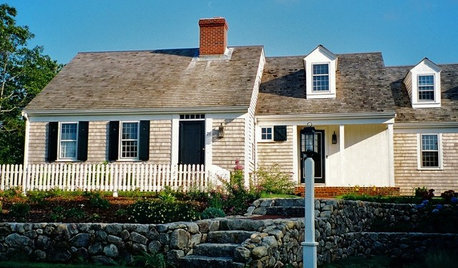
CAPE COD DESIGNAmerican Architecture: The Elements of Cape Cod Style
This simple architecture style was born in New England but has stood the test of time around the United States
Full Story
MONTHLY HOME CHECKLISTSYour Fall Home Maintenance Checklist
Prep your house and yard for cold weather with this list of things to do in an hour or over a weekend
Full Story
KITCHEN DESIGN10 Ways to Design a Kitchen for Aging in Place
Design choices that prevent stooping, reaching and falling help keep the space safe and accessible as you get older
Full Story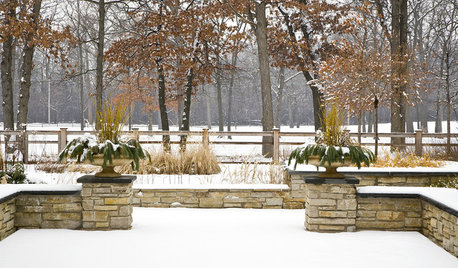
CONTAINER GARDENS5 Important Winter Tasks to Keep Container Gardens in Shape
Prevent cracked pots, blight spread and withered plants come spring by focusing on this essential maintenance now
Full Story
GARDENING GUIDESHow to Install a Drip Irrigation System
Save time and water with a drip watering system in your vegetable garden — a little patience now will pay off later
Full Story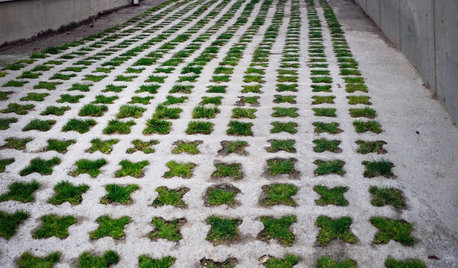
EARTH DAYHow to Build a Greener Driveway
Install a permeable driveway to keep pollutants out of water sources and groundwater levels balanced
Full Story
GARDENING GUIDESWhat Kind of Roses Should You Grow?
Want to add the beauty of roses to your garden? Find out which ones, from old-fashioned to modern, are right for you
Full Story
GARDENING FOR BUTTERFLIESGardening for the Bees, and Why It’s a Good Thing
When you discover how hard bees work for our food supply, you may never garden without them in mind again
Full Story
ARCHITECTUREWant to Live by the Water? What You Need to Know
Waterside homes can have amazing charm, but you'll have to weather design restrictions, codes and surveys
Full Story


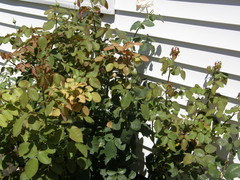
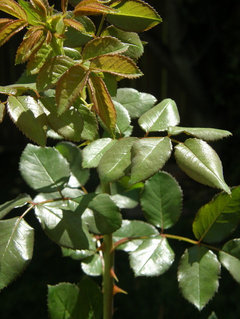

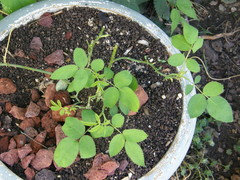
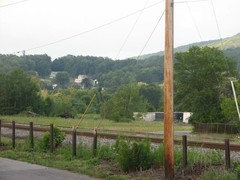

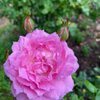
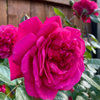
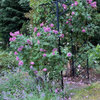
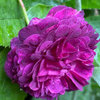
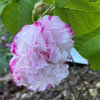
strawchicago z5Original Author